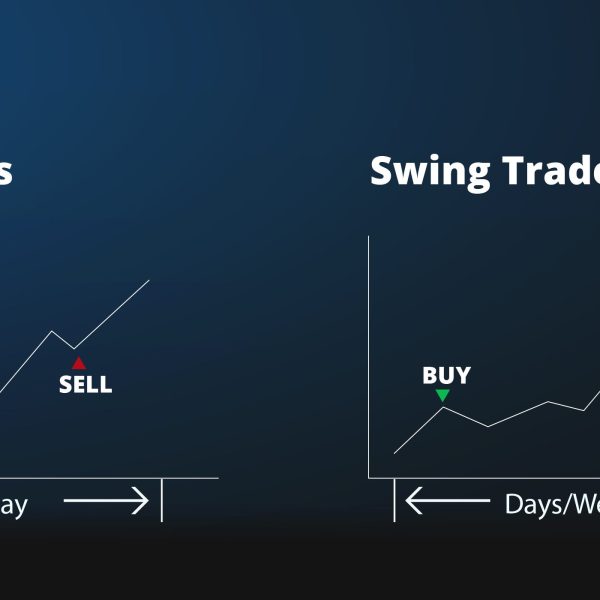Title: You have probably heard the term blockchain bandied about the news and social media, but what exactly is this rather mysterious technology, and what is it used for? In short, blockchain is an immutable, shared ledger that stores information in a very secure and innovative way and is used to record transactions and track assets across a network. The assets could be something tangible like a car, real estate, or cash, or something intangible such as patents, intellectual property, branding, and copyrights. Almost anything that has a value can be tracked and traded across a secure blockchain network while greatly reducing risks and costs for those involved.
Some Examples Of Blockchain’s Applications
Blockchain is becoming a very important tool because all business depends on the secure and speedy transfer of accurate information. Blockchain is proving to be an incredibly useful and trustworthy vehicle for information transfer because it is stored on an immutable ledger that only those with the proper permissions are able to access. The best way to make this amazing new technology go to work for you is to seek the services of experts like the Labrys blockchain company who can guarantee your precious intangible assets and information are stored and protected by the best and latest in blockchain technology. A trusted blockchain network has the ability to track production, accounts, orders, payments, and a great deal more.
Here are two of the most advanced applications to consider:
Data Logging
Blockchain provides a substantive advantage over older types of databases when applied to industries and processes that are data-intensive. One good example is that of foreign trade where transactions require that a large number of documents be in order before a cargo ship can offload the goods it’s carrying. Having all those documents recorded in blockchain enables them to be electronically signed with perfect traceability, making the formerly time-consuming and complicated data logging of foreign trade operations much more streamlined and accurate.
Intellectual Property
In the same way that data logging benefits from blockchain, logs for the authorship and ownership of original works of intellectual property can simply and securely be protected. A perfect example of this can be found in the emergence of non-fungible tokens, or NFTs, unique pieces of intellectual property such as digital artworks that guarantee their original creator receives a royalty from all subsequent resells of their creation, an advantage that isn’t applied to physical works of art in which the creator is only paid once, and any share in the profits from further resale at a higher price are denied them. The use of NFTs makes that problem a thing of the past because each NFT is a unique digital copy of the artwork that is recorded and transferred via blockchain. This allows the work’s author to benefit from future upward revaluation of their work.
There are many other applications for blockchain, we have only scratched the surface here to give you a better idea of the possibilities. The Australian Department of Foreign Affairs and Trade has recognized the importance of blockchain for economic purposes, check here for more information. Blockchain might be the new kid on the block, but it’s already earned its place in the commerce landscape.












